5 need to knows for media innovators
Innovation within the world of publishing is evolving at an increasingly fast pace. Staying up to date with recent trends can therefore be a difficult task, so we’ve provided an overview of 5 need to knows for any media innovator.
1. A quick look into the minds of C-level executives
As the year comes to an end, many topics cross the minds of C-level executives for their future strategies. This year, 2 mains topics stand out from discussions.
Firstly, ads are boomeranging back. The subscription market is becoming extremely competitive at a time of financial hardship, and advertisers are finding their importance increasing again for publishers. With developments in ad-tech, advertising experiences can be better than previous iterations and less likely to disrupt user experience. Even products like The Athletic have added ads to their premium subscriber experiences to increase revenue generation. Ads pose a big decision for publishers to make.
Data is the second topic and it links nicely to ads. The cookie is quickly crumbling and publishers are in a tasty position with their deposits of registered user and subscriber data. This data is a strategic tool and there are a growing number of movements with publishers coming together to make their own data hubs, like the DRIVE project in Germany, to maximise their revenue efforts for both ads and subscriptions. How will publishers continue to gather and use this data responsibly?
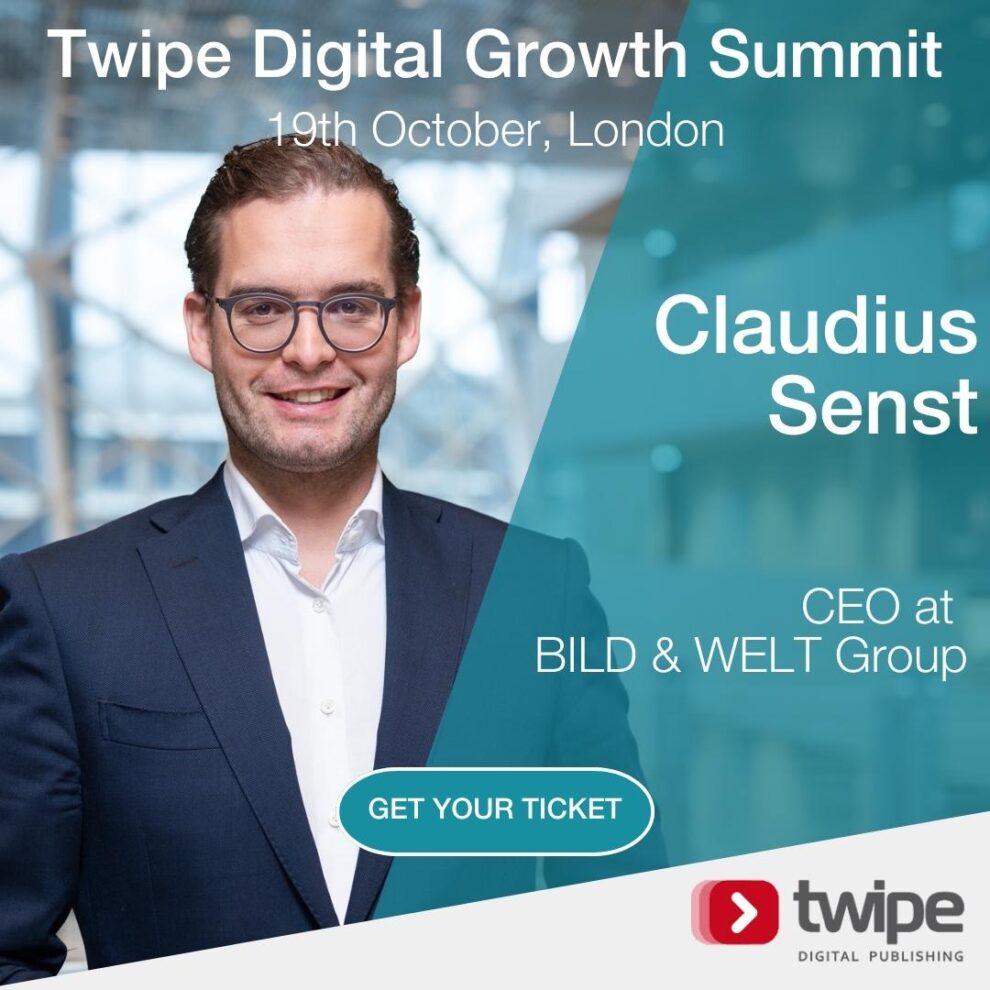

Hear more on these topics and more from The Telegraph CEO Nick Hugh and CEO of BILD and WELT groups Claudius Senst in the CEO Panel at 19th October’s Digital Growth Summit.
2. How top players are innovating
Players of all sizes are realising that innovation is needed to keep ahead of the curve in the competitive publishing market. 38% of people recently told Reuters that they are actively avoiding the news, but Nordic publishing giant Schibsted is exploring ways in which AI could help bring them back. Focusing on specific groups of “news outsiders” in the area, Schibsted sat down to better understand these groups. By better understanding these groups who choose to avoid news, Schibsted hopes to be able to design more human friendly and approachable news.
Elsewhere, Dutch publisher NRC have embarked on an attempt to disrupt the status quo by launching their very own audio app. Unlike most publishers and public service podcast providers, NRC’s app features a blend of NRC and external content so that subscribers can easier find NRC‘s content and not get lost in a world of competition on other podcast platforms. The podcasts on the app are editorially curated by a specific team and feature a range of languages. This shift in the role of the editor is a sign of a shift into the future of the news industry dealing with different mediums of content. A scoop from our upcoming research report shows that despite this blend, 80% of podcast listening still takes place on NRC‘s own content. Keep your eyes peeled for more on our latest research paper by joining our mailing list.
These exciting projects will be presented by Schibsted‘s Agnes Stenbom and NRC‘s CDO Han-Menno Depeweg at the Digital Growth Summit.
Innovation remains at the heart of publisher strategies even at times of financial difficulty. This has been the case at Gannett where innovation is driving the business despite recent cuts. We’ll hear more on this from their Senior Vice President of Consumer Products Kara Chiles.

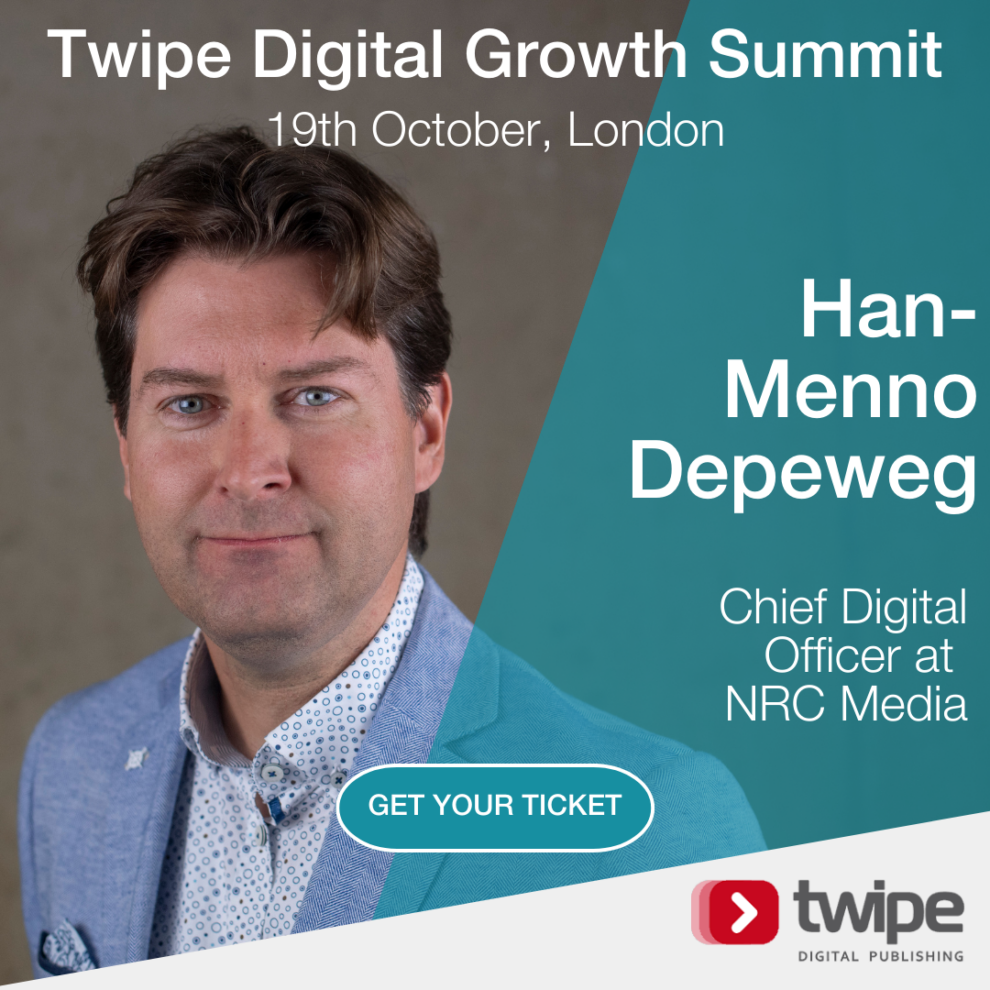

3. Building the right products for subscriber growth
A solid product strategy and base are central to subscriber growth: good products win subscribers. When launching FT Edit in March this year, the Financial Times created a new place to win over visitors not ready to commit to the FT‘s content. The app provides 8 stories a day and breaks down the news, choosing the best stories from the FT‘s daily edition. At a price of £4.99 a month, it’s an affordable entry to the Financial Times and a way to build reading habits.
Going in a non-news direction, Mathieu Halkes of Schibsted told us earlier this year about the success of their new product weight loss product Vektklubb. The app has been popular for subscribers who log various aspects of their daily eating habits and weight loss. This daily aspect for their app is a vital part of their strategy towards becoming a partner in life. Schibsted have also driven more traffic and subscribers from Vektklubb to their news apps as they follow a personalised methodology to lose weight.
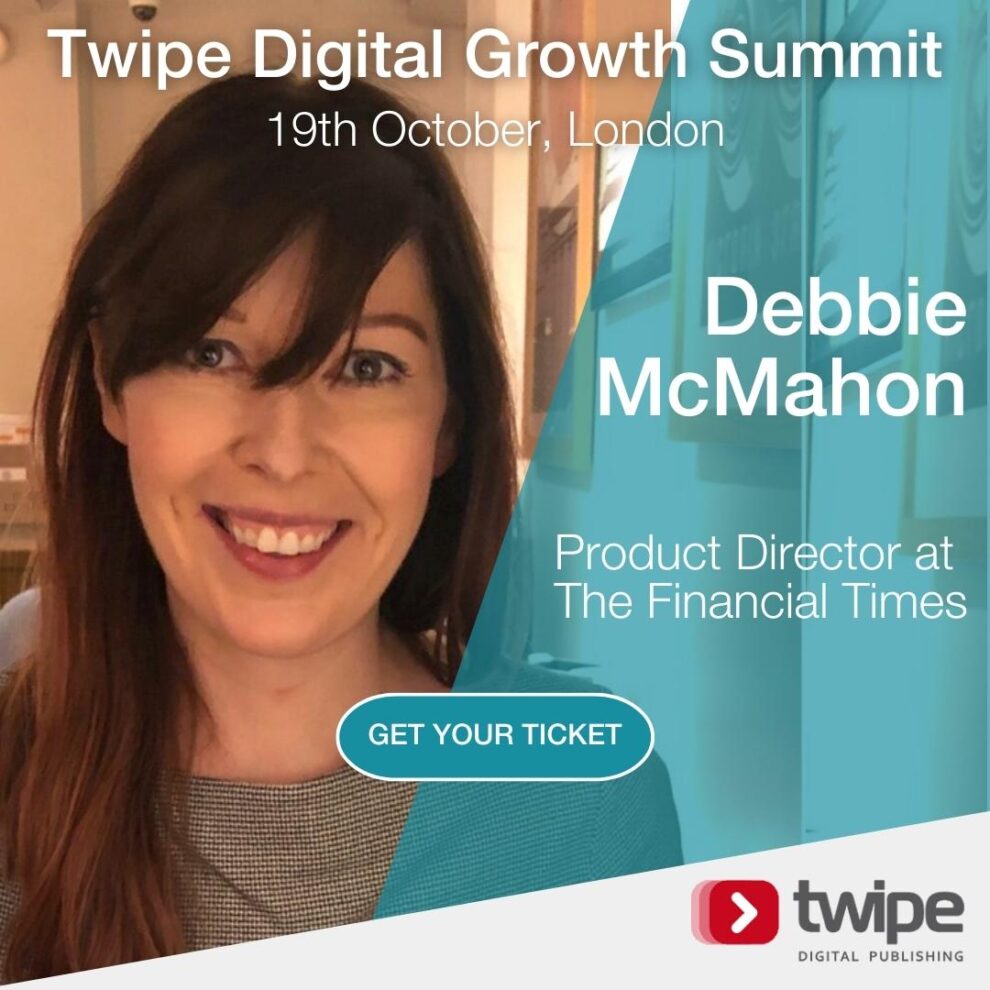
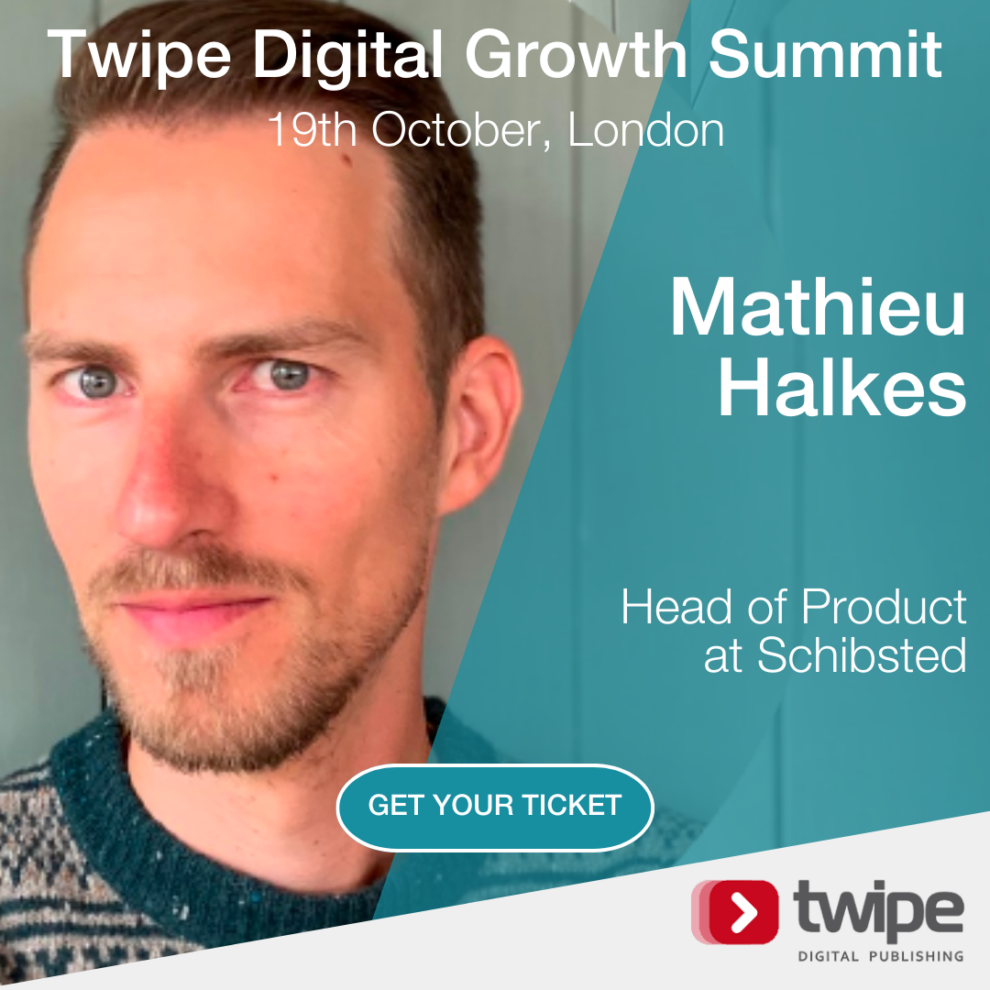
Find out more about the FT and Schibsted‘s strategies from Debbie McMahon and Mathieu Halkes in the Digital Growth Summit Product Panel session.
4. The difference between Web3 and the Metaverse
In 2022, Web3 and the Metaverse have crept into every day vocabulary and conversation. But, some still find the concepts opaque and don’t know the difference. So we’ve outlined each below.
According to Matthew Ball, Author of The Metaverse: And How It Will Revolutionize Everything, the Metaverse is:
“A massively scaled and interoperable network of real-time rendered 3D virtual worlds that can be experienced synchronously and persistently by an effectively unlimited number of users with an individual sense of presence, and with continuity of data, such as identity, history, entitlements, objects, communications, and payments.”
However, according to Ball, we are not there yet. Instead:
“The metaverse is best understood as the shift of computing and interaction from a device in your pocket into a virtual simulation“.
Read our articles on the Metaverse here and here.
Web3 on the other hand is the third generation of the evolution of the internet and its associated internet technologies. It is a more decentralised web, reliant on blockchain technology for means of validation and data storage, where users can interact and make transactions with each other without the involvement of centralised organisations. The core elements of Web3 are blockchain technology, Non-Fungible Tokens (NFTs), peer-to-peer payments and Distributed Autonomous Organisations (DAOs).
Read our articles on Web3 here and here.
At the Digital Growth Summit, speakers like Sofie Hvitved, Jack Davies and Sander Duivestein will explore these topics further.
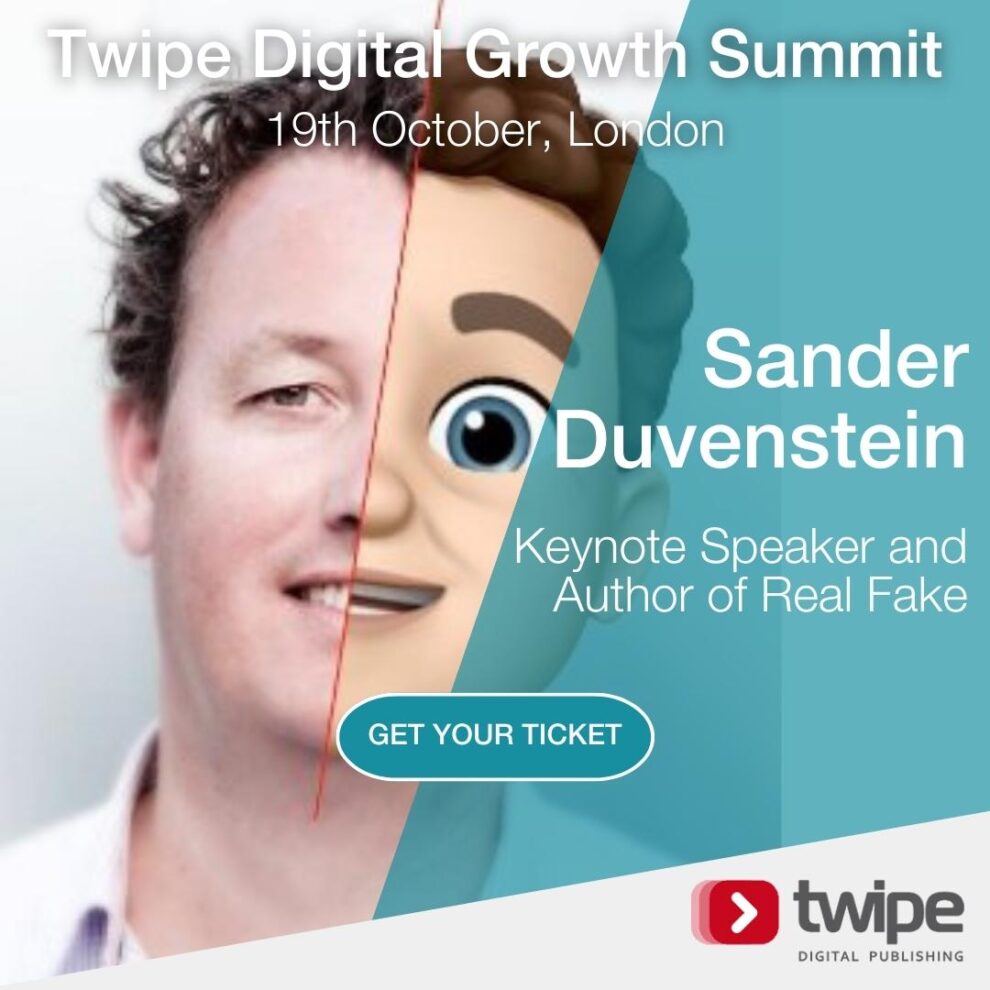
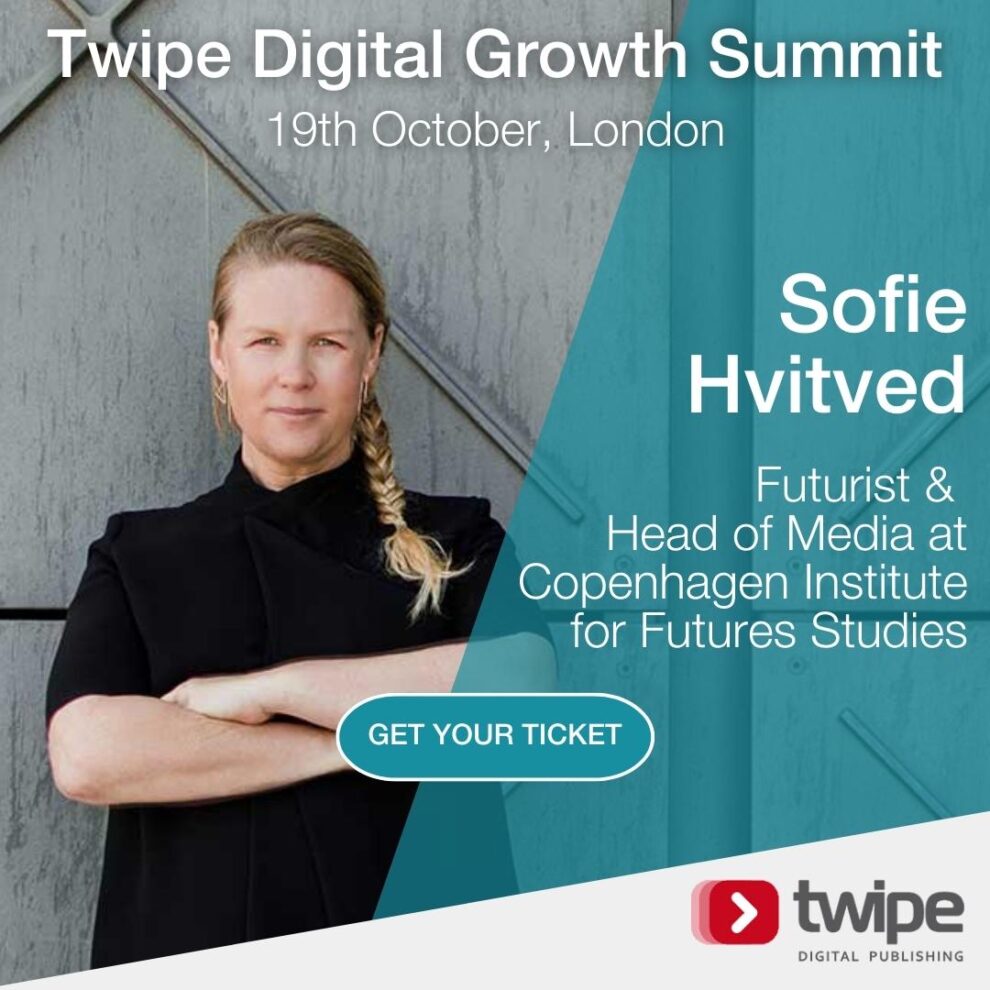
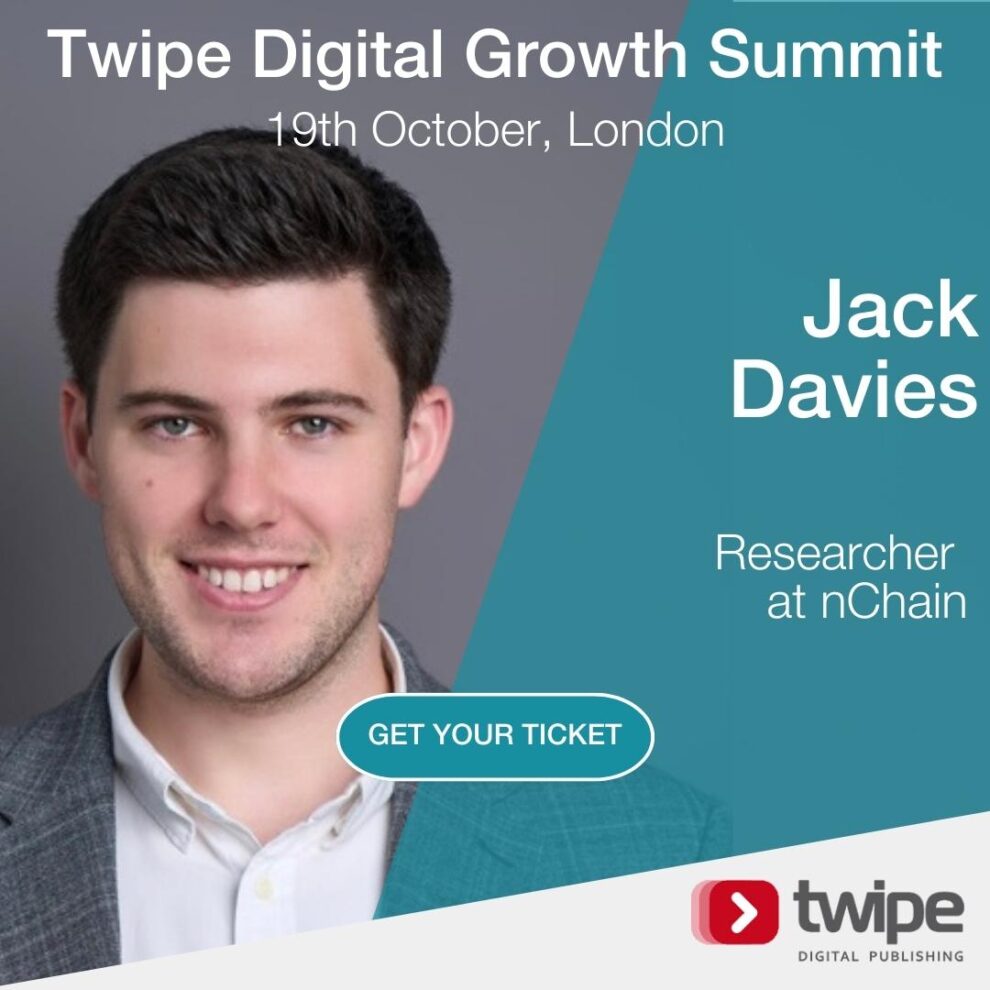
5. Experiments with NFTs
Experiments with NFTs are widespread with varying levels of success. This week, CNN announced the closure of their NFT project Vault, but others have seen more success and committed. Being early adopters and a driving force of innovation in this field, TIME released the first magazine issue ever available as an NFT. They also released a world-renown NFT collection called TIMEPieces. To this day, TIME have sold more than 20,000 NFT’s, earning over $10M.
French publisher 20 Minutes have also found success with their NFT project 20 Mint. 20 Mint is the world’s first free consumer magazine entirely devoted to Web3 made up of 999 Ethereum NFTs from the 20 Mint Typewriter collection.
Hear more on successful NFT projects at the Digital Growth Summit from TIME‘s VP of Web3 Operations William Ban, Editor-in-Chief of 20 Minute Laurent Bainier and Le Parisien‘s Haris Fazal.

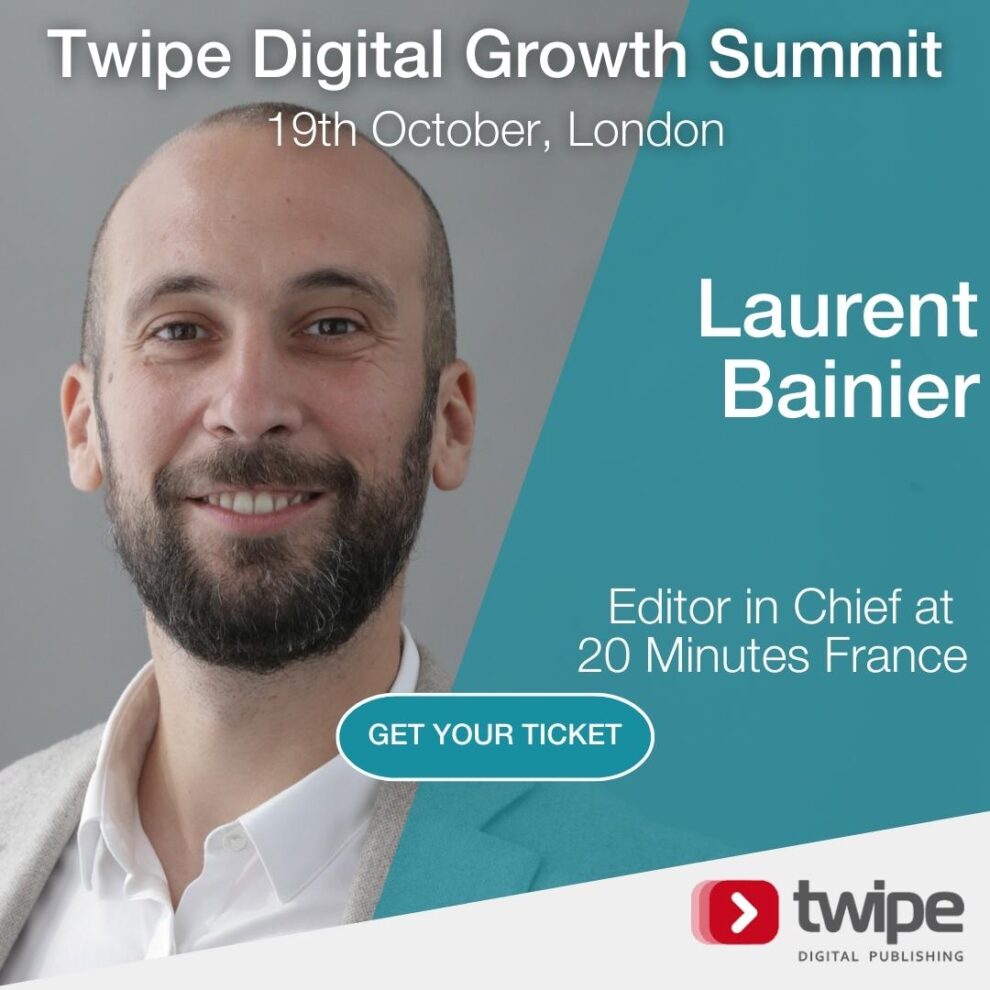
Other Blog Posts

Stay on top of the game
Join our community of industry leaders. Get insights, best practices, case studies, and access to our events.
"(Required)" indicates required fields

